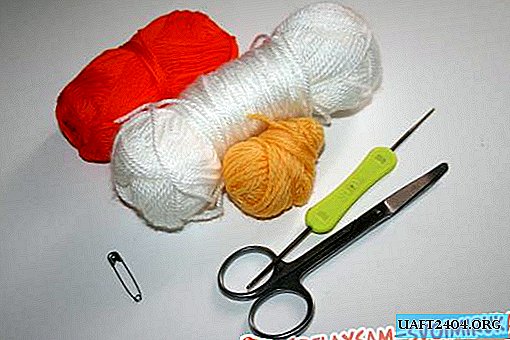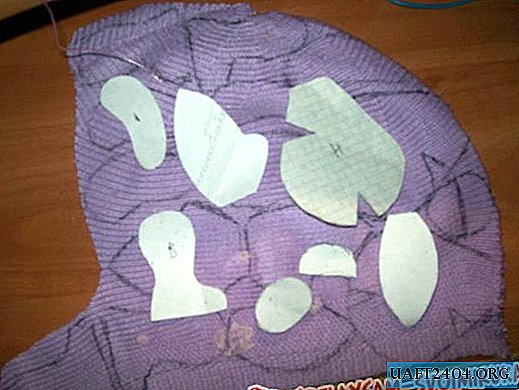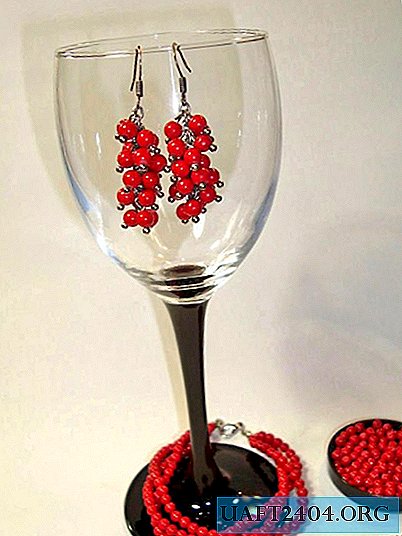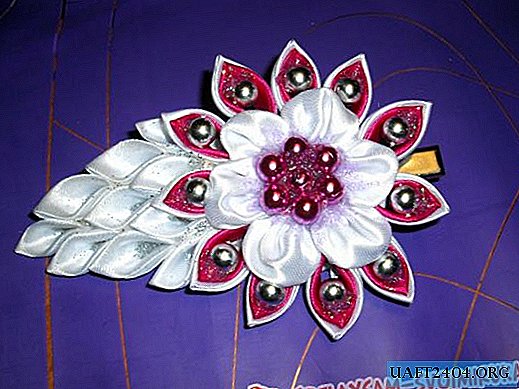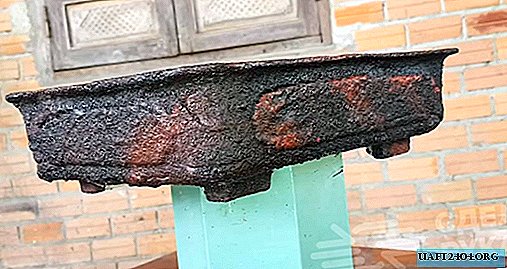Share
Pin
Tweet
Send
Share
Send
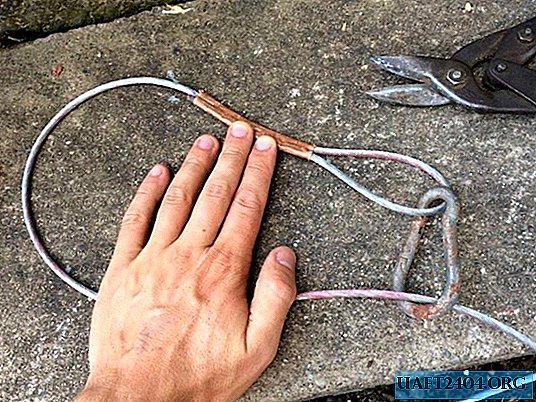
In the trunk of a car there is often a skein of steel tow rope. At its ends, hooks are usually placed. Under the load, when towing, they can break, after which their heavy fragments accelerated by a spring-loaded cable fly into the car, leaving dents. Having such experience, drivers prefer to make loops at the ends of the cable. Although they are untied, they cannot inflict damage. An alternative between convenience of hooks and safety of knots is continuous crimping of a loop by a tube. This is a quick and cheap way to prepare a tow rope for which I want to share.
Materials and tools:
- steel rope;
- a copper tube with an inner diameter of 2 cable sections;
- hammer;
- blunt chisel or flat, non-sharp screwdriver.
Loop forming and cable crimping

The first step is to pick up a tube of copper, brass or aluminum. Enough lengths of 15-20 cm, but no less, as this will reduce reliability. It is important that its inner diameter allows the stretch to pass through a double-folded cable. If it does not fit, then the tube can be slightly pressed with a hammer along the length. The oval section will give more space. The tube is fixed on a double folded cable so as to obtain a loop of the required size.

Next, you need to smooth the crimp. Light strokes of the hammer give the tube a light plane. After that, a blunt chisel along its entire length forms a groove between the cables. The same is done on the reverse side. Soft metal clogs into an empty cavity, creating a crimp on steel weaving.



For reliability, you need to apply a transverse notch on the crimp. It is better to do it with a screwdriver or a chisel with a thinner blunt point. So that the tube does not lose in strength, it is important to apply the notches for each cable separately. A step is chosen at which 2 rows of nicks do not converge in one line. Similar actions are repeated on the reverse side.


After crimping, you can put the cable in the trunk and use it if necessary. In use, one end is brought into the towing eye of the car and a loop is made for tightening. The other end may lash onto the towbar of another machine. If it is not there, and you have to attach to a closed eye, then you can not do without a hook or carabiner. In a similar way, you can prepare a cable for stretch marks and winches. It will be much cheaper than factory cable clamps and neater nodes.

Original article in English
Share
Pin
Tweet
Send
Share
Send

